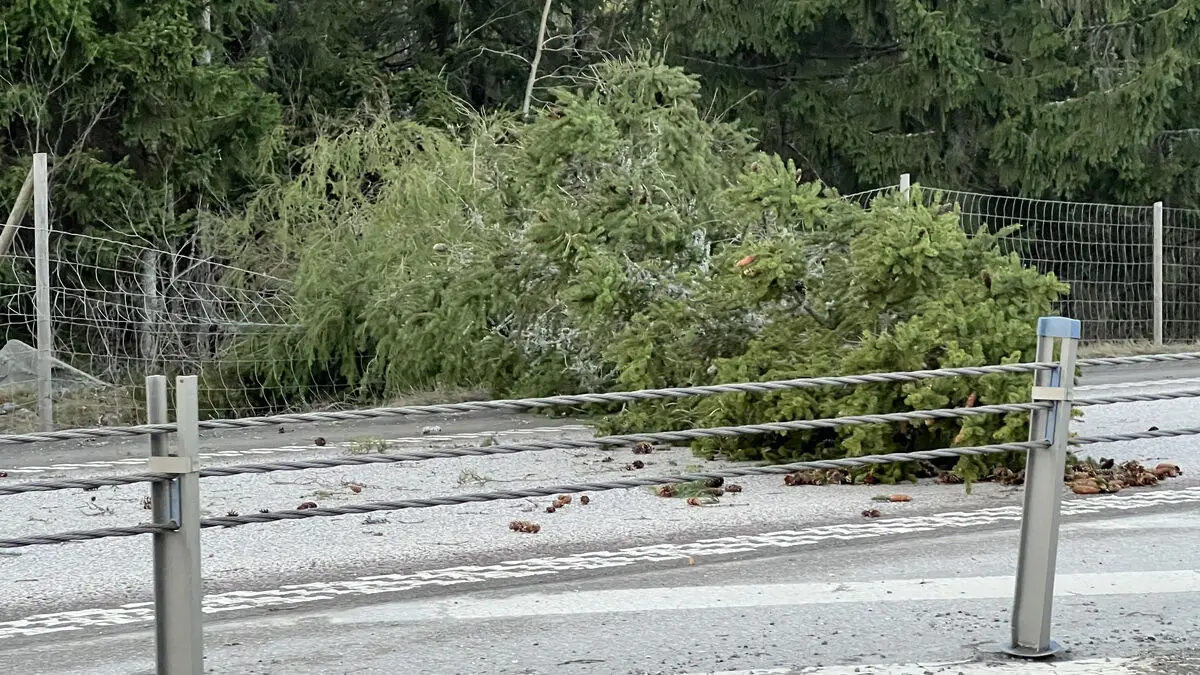This is clearly a positive message, but also a message with a certain bitter aftertaste, says Education Minister Johan Pehrson (L) at a press conference.
He says that part of the "bitterness" is that the proportion of 10-year-olds performing at the lowest level has increased. They have gone from four to seven percent.
We see that students are going in different directions and that the segregation is clear, not least regarding natural science, says Pehrson.
Education Minister Lotta Edholm (L) also highlights the growing gaps between students and where Sweden stands out.
Sweden is the worst in the Nordic countries at compensating for differences in home conditions.
Gaps are increasing
She also notes that the gap between students is increasing more than the improvement in math results.
The importance of home resources has also increased in recent years, she continues.
The Social Democrats' education policy spokesperson Åsa Westlund also points out that the gaps have increased.
"It's gratifying that more students are getting high results, but the lack of equality is a major problem that the government has no policy for," she writes in a comment.
According to Westlund, the government is protecting private school companies and their queue systems, which exacerbate the lack of equality.
Need for study peace
The Timss survey, which measures the performance of fourth- and eighth-graders in math and natural science, shows a significantly better result in math for 2023 compared to the last measurement in 2019. The results in natural science are unchanged for Swedish students.
The Education Minister also highlights the importance of study peace and its impact on results.
What is perhaps most alarming in the study is that safety and study peace play such an enormous decisive role for results in math and natural science. We must get a school environment that is characterized by safety and study peace, says Edholm.





